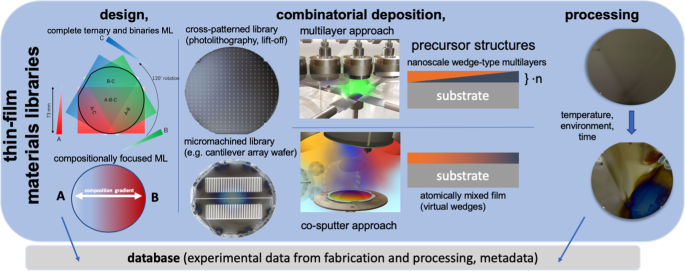- Select a language for the TTS:
- UK English Female
- UK English Male
- US English Female
- US English Male
- Australian Female
- Australian Male
- Language selected: (auto detect) - EN
Play all audios:
Researchers have developed a sensitive sensor that can detect1 extremely low concentrations of polyphenols — a major source of dietary antioxidants . They made the biosensor from
cadmium–telluride quantum dots and a copper-containing enzyme (laccase). The researchers wanted to devise a simple, sensitive and cost-effective technique to measure polyphenols, the most
abundant antioxidants in human diet. Polyphenols have anticancer properties and provide protection against DNA damage. They fabricated the biosensor by smearing the enzyme laccase on
cadmium-telluride quantum dots. They tested the sensor's efficacy in detecting dietary polyphenols such as catechin, epicatechin and epigallocatechin gallate. On exposure to
polyphenols, the enzyme attached to the biosensor converts polyphenols to mono- or polyquinones. This reaction transfers electrons from quantum dots to quinone molecules, turning off the
fluorescence of the quantum dots — a process known as fluorescence quenching. Quenching of quantum dots increased with increasing polyphenol concentration. The biosensor could measure
polyphenol levels between 1 and 100 nanogram/millilitre (ng/ml). The tested polyphenols had different fluorescence quenching profiles, enabling selective detection of individual polyphenols
down to 1 ng/ml. The human diet also contains metal ions, which can interfere with the detection of polyphenols. The biosensor was able to detect polyphenols even in the presence of metal
ions. "The biosensor could be used for monitoring antioxidants at cellular levels," says M. S. Thakur, a senior co-author of the study.







:max_bytes(150000):strip_icc():focal(704x279:706x281)/brian-kemp-3c95ac54d3cf490b9b73f983ec64f6f1.jpg)